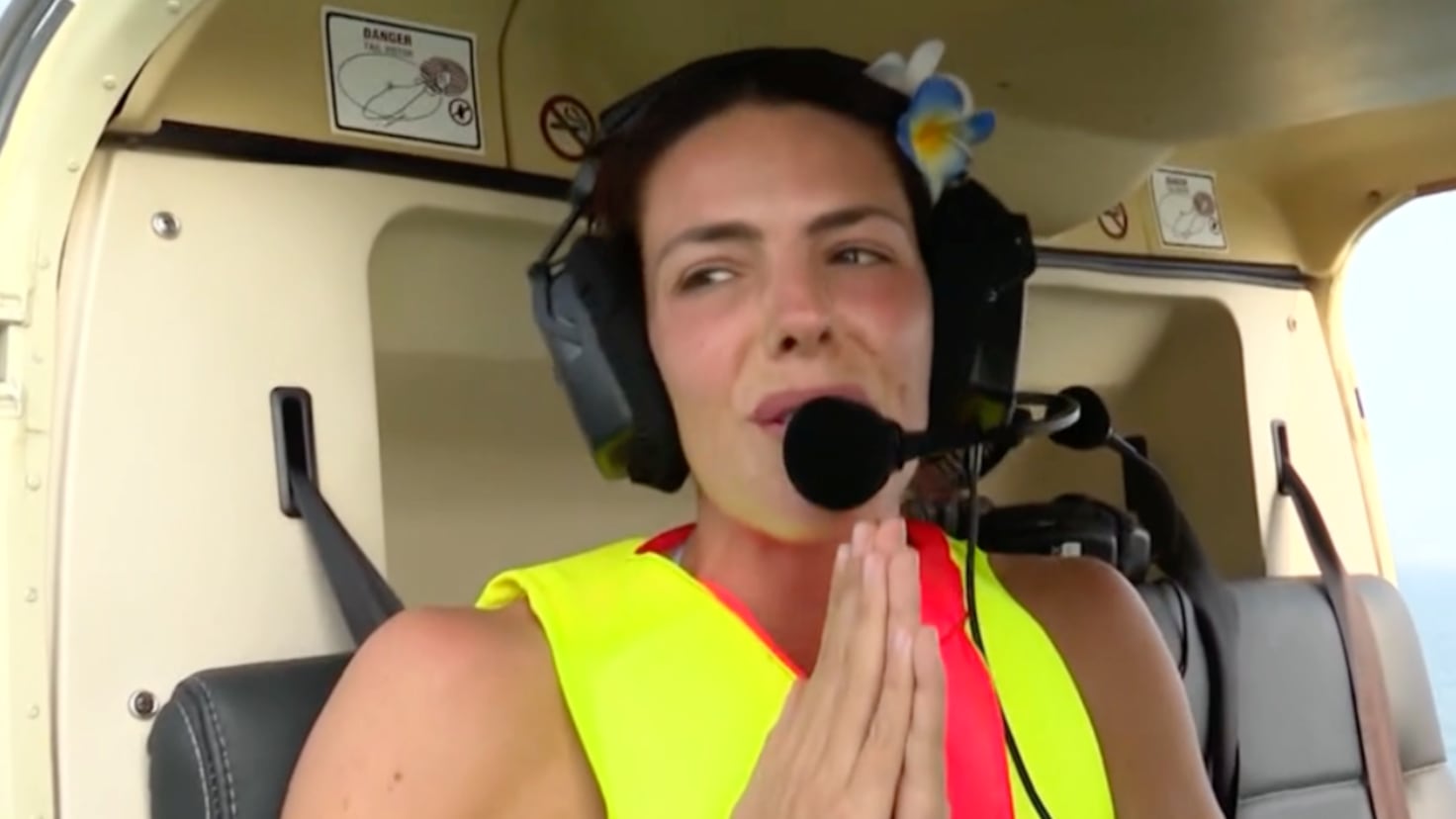Berlin.
Comet C/2022 E3 is closer to us than it has been in 50,000 years. But clouds block the view. What experts advise to see him.
A glowing green sphere with a long tail, which can already be seen with simple binoculars or even with the naked eye: this is probably how many had imagined the view of comet C/2022 E3 (ZTF). Most have been disappointed so far. Anyone who doesn’t want to wait 50,000 years for the comet flies past the earth again needs luck with the weather – and a well-trained view of the night sky.
“Unfortunately, I haven’t seen the comet yet,” reports Ulrich Köhler. Köhler has no lack of experience with the sky or knowledge of the ZTF comet: he is a planetary geologist at Institute for Planetary Research of the German Aerospace Center (DLR). Rather, the weather is to blame for the fact that he has not yet seen the celestial body: “With all the clouds, you simply have no way of seeing it.”
More articles about astronomy
Green comet C/2022 E3 reaches closest point on Wednesday
Comet der comes on February 1st Earth the next. It reaches its maximum brightness on the last days of January and the first of February. Astronomers had predicted that the comet would be best seen then – in the early hours of the morning, after the moon had set in the second half of the night.
In order to see the comet, however, the heaven be clear. On request, media meteorologist Magdalena Bertelmann from the German Weather Service (DWD) predicts that it will only be in very rare cases at the turn of the month: “The sky is very cloudy. All cloud layers are currently on top of each other.” That will last until the weekend. There would only be gaps in the clouds for a few minutes in a few places – “and the locations and times can hardly be predicted,” says Bertelmann.
That is the main problem for everyone who wants to see the comet, emphasizes Carolin Liefke, board member of the Association of Star Friends: “These days you need a lot of luck for the clouds to break up and you can see the comet.” Even with a binoculars the comet cannot be seen through the often thick cloud cover. Nevertheless, she advocates not giving up the search for the rare celestial spectacle: “As soon as the clouds clear for a few minutes, you should try it.”
Light pollution makes it difficult to see the comet
Next to the Clouds and the moon, which lights up the sky at night, Liefke said the lights from buildings and streetlights in cities would make it even more difficult to see the comet. Researchers also call the brightening of the night sky by artificial lights “light pollution”. The star friends spokeswoman advises: “In order to increase the chance of seeing the comet, you should not stand under a street lamp.” It is best to discover it from dark meadows and hills.
Even with a clear and dark night sky, observers would also have to see the comet from stars can distinguish. “You can hardly see the green color without a telescope. The comet then looks more like a small gray cotton swab,” explains Liefke. The Association of Star Friends has a map on their website released, showing the comet’s trajectory on Wednesday (February 1). Also read: Potentially hazardous objects – These objects in space could be dangerous to us
Star friends: This is how laypeople can find comet C/2022 E3 in the night sky
Liefke advises looking north and looking for the North Star. It is located in the constellation of the Little Bear, also known as the Little Dipper. the North Star is the brightest and last star in the constellation. Tuesday night (January 31) the comet can be found near the North Star. From there he wanders further and further west in the direction of the constellation “Giraffe”.
Liefke also has a recommendation for anyone who doesn’t have binoculars and can’t see the star: “They should see if there’s an observatory nearby. They often have professional telescopes and help to find the comet.” Many would say events like the appearance of comet C/2022 E3 observatories offer special observation evenings – often even free of charge.
A telescope from the Zwicky Transient Facility discovered the comet. Therefore it is abbreviated to ZTF. “2022 E3” stands for the month in which it was detected: March 2022. The long-period comet takes around 50,000 years to orbit the sun. When he last the inner realm of our solar system crossed, Neanderthals still lived on earth.
More articles from this category can be found here: Life



